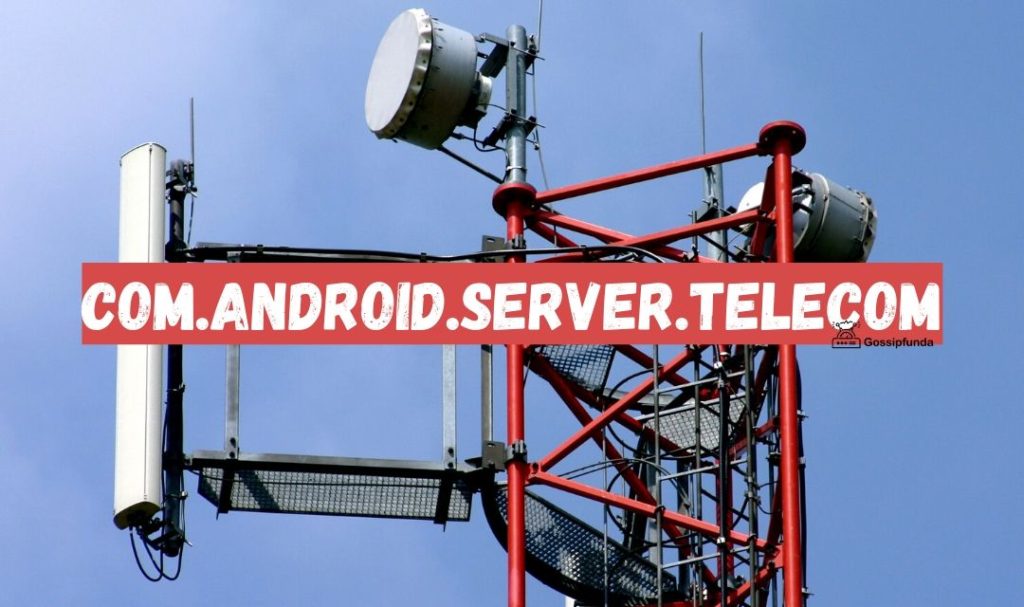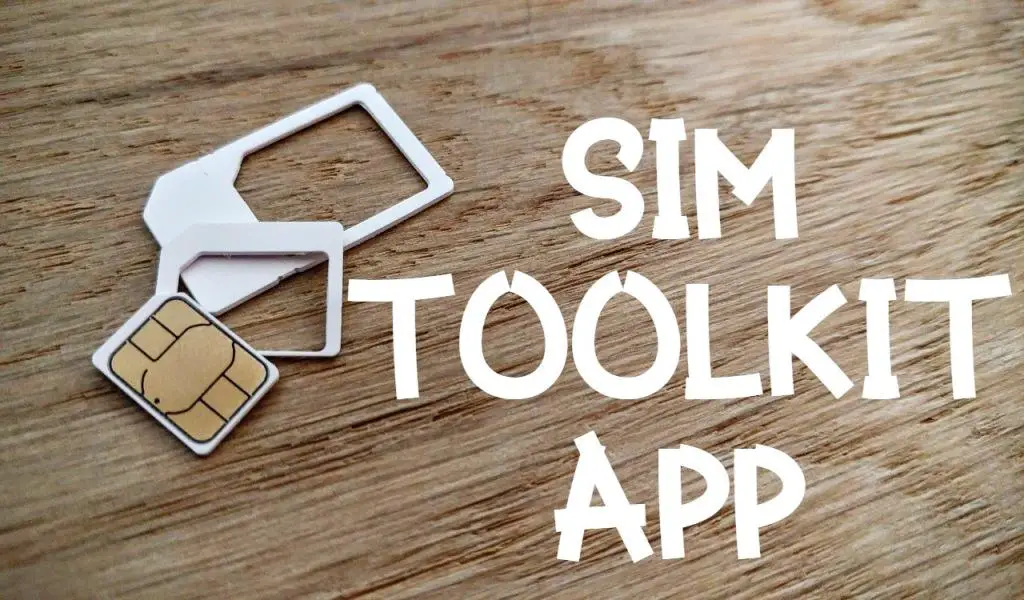In the vast ecosystem of Android’s operating system, numerous components work behind the scenes to ensure your device functions seamlessly. One such crucial component is com.android.server.telecom. Whether you’re a tech enthusiast, an app developer, or simply curious about how your smartphone manages calls, understanding this service can provide valuable insights. In this article, we’ll delve deep into com.android.server.telecom, exploring its roles, functions, common issues, and practical solutions to keep your device running smoothly.
What is com.android.server.telecom?
com.android.server.telecom is a pivotal Android service responsible for managing telephony operations. It handles everything related to phone calls, including incoming and outgoing calls, call states, and interaction with other system components like the TelephonyManager. Think of it as the central hub that ensures your calls are connected, maintained, and disconnected properly.
Real-Life Example: Imagine you’re on an important call, and suddenly it drops. Often, issues related to com.android.server.telecom can be the culprit behind such disruptions, affecting your ability to communicate effectively.
Understanding this service is essential because any malfunction can directly impact your phone’s call functionalities, leading to frustrations and communication breakdowns.

Key Functions and Classes of com.android.server.telecom
com.android.server.telecom used for (encompasses) a variety of functions and classes, each playing a specific role in managing telephony services. Here are some of the most significant ones:
1. Call
The Call function is the cornerstone of the telecom service. It manages all incoming and outgoing calls, ensuring they are properly connected and displayed on your screen.
- Responsibilities:
- Handling incoming and outgoing calls.
- Displaying call notifications.
- Managing call states (e.g., dialing, active, on hold).
2. Call.details
This function fetches and displays detailed information about the caller and the number being called. It retrieves data from the Android database to show contact information to the user.
- Key Features:
- Displays caller ID and contact details.
- Provides additional information like call duration and type.
3. Call.RttCall
Responsible for managing RTT (Real-Time Text) information during calls, this function handles data related to the routing and rerouting of calls.
- Functions:
- Manages network-related data for calls.
- Ensures seamless text communication alongside voice calls.
4. callAudioState
This function monitors the audio state of calls, including whether a call is muted or if the audio is flowing correctly.
- Key Responsibilities:
- Manages audio settings during calls.
- Handles call recording functionalities.
5. CallRedirectionService
Handles call redirection, ensuring that calls are properly diverted to other numbers when necessary.
- Features:
- Manages call forwarding settings.
- Integrates with RTT information for efficient call routing.
6. CallScreeningService
This function screens incoming calls before they reach the user, allowing for blocking unwanted numbers.
- Key Features:
- Automatically rejects calls from blocked numbers.
- Enhances call security and user experience.
7. Conference and Conferenceable
These functions manage conference calls, keeping track of connected participants and ensuring smooth communication among all parties.
- Features:
- Tracks participant details.
- Integrates with audio and RTT functionalities for seamless conferencing.
8. Connection and Connection.VideoProvider
These functions monitor the connection status of calls, including video calls, ensuring they maintain stable and high-quality connections.
- Responsibilities:
- Manages call types and statuses.
- Ensures video call quality and connection integrity.
9. DisconnectCause
Provides information about why a call was disconnected, managing disconnection statuses and related audio notifications.
- Key Features:
- Identifies reasons for call termination.
- Manages post-call audio notifications.
10. InCallService
Manages the overall call process, including connecting and disconnecting calls, making it a major function within the telecom package.
- Functions:
- Oversees call lifecycle.
- Integrates with other telecom functions for comprehensive call management.
11. PhoneAccount and StatusHints
These functions manage the accounts used for making calls (e.g., SIM or VoIP) and display relevant call symbols, ensuring proper account information is stored and displayed.
- Features:
- Stores calling account details.
- Manages visual call indicators for better user experience.
12. VideoProfile and VideoProfile.CameraCapabilities
These functions handle video call profiles and camera capabilities, ensuring high-quality video communication.
- Key Features:
- Maintains video call settings.
- Monitors camera performance and quality.
Common Issues Associated with com android server telecom
Despite its critical role, com.android.server.telecom can sometimes encounter issues that disrupt call functionalities. Here are some common problems users might face:
- App Crashes: Unexpected shutdowns of the phone app can be frustrating.
- Call Drops: Sudden termination of ongoing calls affects communication reliability.
- High Battery Usage: Excessive power consumption attributed to telecom services drains your battery faster.
- Delayed Notifications: Slow or missed call notifications can lead to missed important calls.
Addressing these issues requires a methodical approach to identify and rectify the underlying causes within the com.android.server.telecom framework.
Step-by-Step Guide to Troubleshooting com.android.server.telecom Issues
Experiencing issues with your phone’s call functions? Follow these steps to troubleshoot and resolve common problems related to com.android.server.telecom.
Step 1: Restart Your Device
A simple restart can often resolve temporary glitches within the telecom service.
- Press and hold the power button on your device.
- Select “Restart” from the power menu.
- Once the device reboots, check if the issue persists.
Impact: Restarting refreshes system processes, potentially resolving minor issues without any risks.
Step 2: Clear Cache and Data of Telecom Services
Corrupted temporary files can cause various issues. Clearing the cache can help eliminate these problems.
- Navigate to Settings > Apps > Show system apps.
- Locate the Telecom or Phone app.
- Tap on Storage.
- Select Clear Cache and then Clear Data.
Impact: This action restores default settings, but you might lose call logs or preferences. Ensure you back up essential data before proceeding.
Step 3: Update Your Device’s Software
Outdated software can lead to compatibility issues within com.android.server.telecom.
- Go to Settings > System > System Update.
- Check for updates and install any available updates.
- Restart your device after updating.
Impact: Keeping your device updated ensures you have the latest fixes and improvements, enhancing overall performance.
Step 4: Verify System Integrity
Ensuring system files are intact is crucial for the smooth operation of telecom services.
Boot your device into Safe Mode:
- Press and hold the power button.
- When the power menu appears, press and hold the “Power Off” option.
- Confirm to reboot into Safe Mode.
- In Safe Mode, monitor if the issue persists.
- If the problem doesn’t occur, a third-party app might be interfering.
- Restart to exit Safe Mode.
Impact: Identifying faulty apps helps maintain system integrity. However, be cautious when uninstalling apps to avoid removing essential services.
Step 5: Reset Network Settings
Network misconfigurations can disrupt telecom functionalities.
- Go to Settings > System > Reset options.
- Select Reset Wi-Fi, mobile & Bluetooth.
- Confirm the reset and restart your device.
Impact: This action will erase saved Wi-Fi networks and Bluetooth pairings, so ensure you have necessary passwords and pairing details handy.
Step 6: Reinstall System Updates
Sometimes, reinstalling system updates can fix deeper issues within the telecom service.
- Navigate to Settings > System > System Update.
- Check for updates and proceed with reinstallation.
Impact: Reinstalling updates can resolve corrupted update files, ensuring the telecom service functions correctly.
Step 7: Factory Reset (Last Resort)
If persistent issues remain, performing a factory reset can eliminate them by restoring your device to its original state.
- Backup all important data.
- Go to Settings > System > Reset options.
- Select Erase all data (factory reset).
- Confirm and proceed with the reset.
Considerations: This will erase all data on your device, so ensure you have backups before proceeding.
Step 8: Seek Professional Assistance
If problems continue despite all troubleshooting efforts, contact your device manufacturer or visit a professional service center.
Impact: Professional assistance can diagnose and fix issues that are not resolvable through standard troubleshooting steps.
Advanced Solutions
When basic troubleshooting doesn’t resolve the issues, consider these advanced solutions:
1. Reinstall or Update Telecom Apps
Sometimes, the telecom apps themselves might be outdated or corrupted.
- Reinstall the Phone app from a trusted source.
- Update the app through the Google Play Store to ensure you have the latest version.
2. Modify Developer Settings
Advanced users can tweak developer settings to optimize telecom services.
- Enable Verbose Logging: This can help identify specific issues within the telecom service.
- Adjust Background Processes: Limiting background processes can reduce conflicts with telecom services.
Risks: Incorrect modifications can lead to system instability. Proceed with caution and consider backing up settings before making changes.
3. Flashing the Firmware
Reinstalling the device’s firmware can resolve deep-seated issues.
- Download the correct firmware for your device model.
- Use official tools to flash the firmware.
- Follow manufacturer instructions carefully.
Considerations: Flashing firmware can void warranties and may brick your device if not done correctly. Seek professional help if unsure.
Preventive Measures to Avoid Future Issues
Maintaining the health of com.android.server.telecom involves proactive steps:
- Regular Updates: Always keep your device’s software up to date to benefit from the latest fixes and improvements.
- Monitor App Permissions: Ensure only trusted apps have access to telephony functions to prevent conflicts.
- Avoid Unverified Apps: Installing apps from reputable sources reduces the risk of conflicts and malware.
- Periodic Cache Cleaning: Regularly clear cache to prevent the buildup of corrupted files that can disrupt telecom services.
- Backup Data Regularly: Regular backups ensure that you can restore your device in case of data loss during troubleshooting.
Exploring Top Android Dialers
While com.android.server.telecom manages the backend of call functionalities, the dialer app is your primary interface for making and receiving calls. Here are some top dialer apps that enhance your calling experience:
Truecaller
Truecaller is one of the oldest and most popular dialer apps available. It offers a plethora of features that make it a standout choice:
- Call Tracking: Provides precise call tracking features, helping you identify unknown callers.
- User-Friendly Interface: Easy to navigate, making it accessible for all users.
- Dual SIM Support: Seamlessly switch between SIMs for dual SIM devices.
- Call Recording: Automatically records calls for future reference.
Feature Highlight: Truecaller automatically detects and displays caller information even if the number isn’t saved in your contacts, enhancing call security and convenience.
Eyecon Phone Dialer and Contacts
Eyecon stands out with its unique visual approach to call management:
- Virtual Caller ID: Displays caller IDs with user pictures for easier recognition.
- Social Media Integration: Syncs with your social media accounts, allowing access to all your contacts in one place.
- Spam Filter: Automatically blocks spam calls and SMS, reducing unwanted interruptions.
- Ad-Free Experience: The premium version offers an ad-free experience, enhancing usability.
Feature Highlight: Eyecon’s spam filter is highly effective, ensuring that unnecessary calls and messages don’t disturb you.
Dialer – Simple and Efficient
Dialer may not be as flashy as some other dialers, but it’s an essential tool for efficient call management:
- T9 Dialer Option: Simplifies contact searches with the T9 dialer, making it easier to find contacts quickly.
- Frequent Contacts: Highlights frequently contacted numbers for easy access.
- Customizable Themes: Offers over 40 themes, allowing you to personalize the look of the app.
- Professional Interface: Provides a clean and straightforward user interface for hassle-free calling.
Feature Highlight: The T9 dialer option makes searching for contacts faster and more intuitive, especially for users who prefer traditional dialing methods.
The Impact of Proper Management of com.android.server.telecom
Effectively managing com.android.server.telecom ensures:
- Smooth Call Operations: Reliable handling of calls without interruptions enhances your communication experience.
- Optimal Battery Usage: Prevents excessive battery drain caused by telecom service glitches, prolonging your device’s battery life.
- Enhanced Device Performance: Maintains overall system stability and responsiveness, ensuring your device runs efficiently.
- Improved User Experience: Seamless communication capabilities make daily device usage more enjoyable and less frustrating.
Anecdote: A friend of mine constantly faced call drops during important conversations. After troubleshooting, we discovered an issue with com.android.server.telecom. By following the troubleshooting steps, their phone started functioning flawlessly, highlighting the significance of understanding this service.
Risks and Considerations Before Implementing Fixes
While troubleshooting com.android.server.telecom, it’s essential to be aware of potential risks:
- Data Loss: Clearing data or performing a factory reset can result in the loss of important information.
- System Instability: Incorrect modifications can lead to broader system issues, affecting device performance.
- Warranty Voiding: Some advanced fixes, like flashing firmware, might void your device’s warranty.
Recommendation: Always back up your data before proceeding with any troubleshooting steps. Proceed with caution, especially when dealing with system-level services, to avoid unintended consequences.
Conclusion
Understanding and managing com.android.server.telecom is vital for ensuring your Android device’s call functionalities operate seamlessly. From basic troubleshooting steps like restarting your device and clearing cache to more advanced solutions like factory resets, each action plays a role in maintaining optimal performance. By proactively managing this service and being aware of potential issues, you can prevent disruptions and enhance your overall user experience.
Whether you’re resolving persistent call drops or simply aiming to keep your device running smoothly, mastering the intricacies of com.android.server.telecom is a valuable skill for any Android user. Additionally, choosing the right dialer app, such as Truecaller, Eyecon, or Dialer, can further enhance your calling experience, making your device not only functional but also personalized and efficient.
For more insightful tech tips and in-depth guides, Gossipfunda remains your go-to source for the latest in technology and gadgets. Stay informed, stay connected, and make the most out of your Android experience!
Don’t Miss:
I am Abhinav Mishra. I’m from Bhagalpur, Bihar, B.tech from Computer Science. Apart from writing I also work as a Web Developer. Technology is my passion, and writing is my hobby for me. I love it that’s why I do it.

